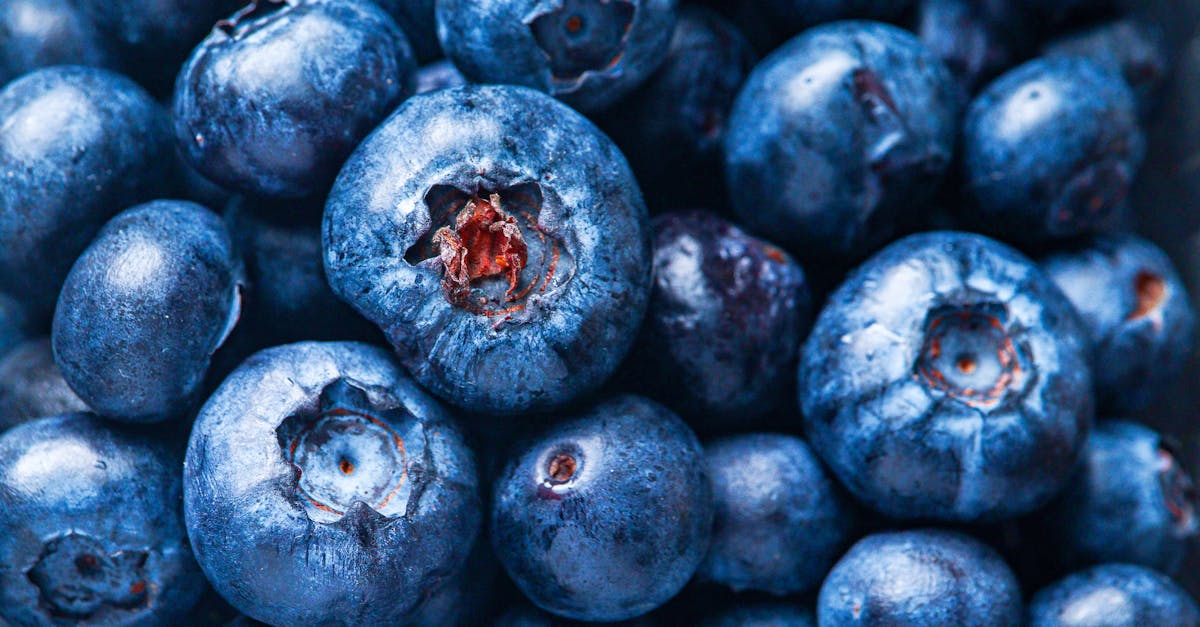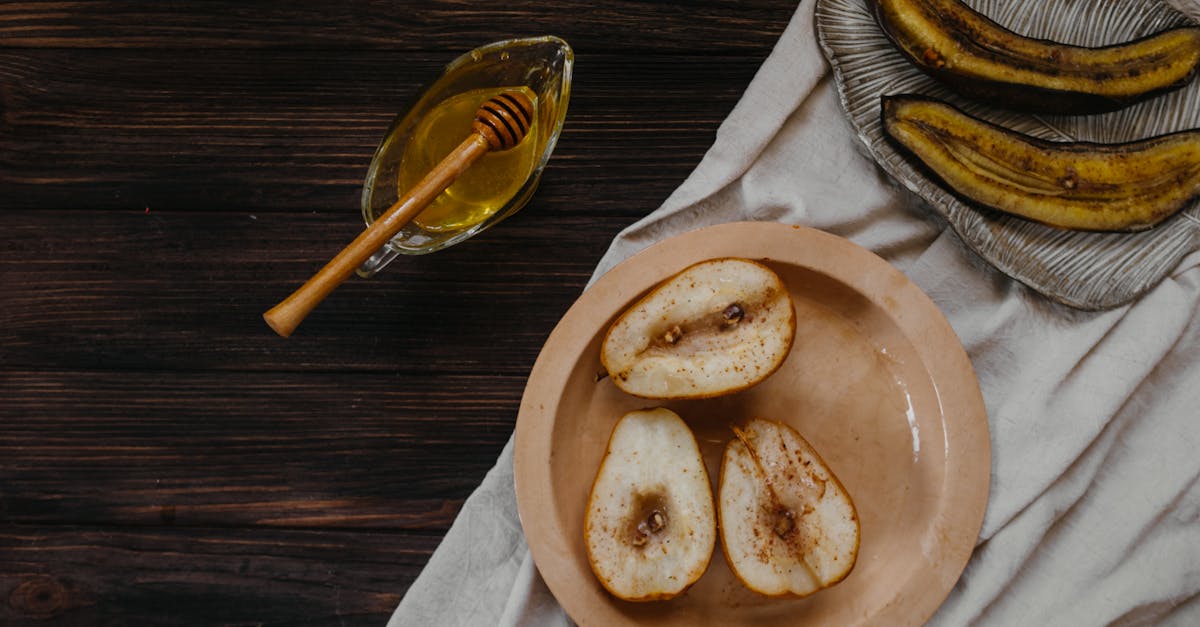Gluten Free Baking for Beginners
Introduction
Navigating the world of gluten-free baking can be both exciting and overwhelming for beginners. Whether due to dietary restrictions or personal preference, removing gluten adds its unique challenges to baking. This article will guide you through essential tips and tricks to make flavorful gluten-free baked goods.
Advertisement
Understanding Gluten and Its Role
Gluten is a protein found in wheat, barley, and rye, lending elasticity and structure to baked goods. Removing gluten requires the use of alternative ingredients that mimic its binding properties. Understanding gluten's role helps bakers anticipate the effects of substituting traditional flour.
Advertisement
Choosing the Right Flour Alternatives
A crucial step in gluten-free baking is selecting suitable flour substitutes. Options include almond flour for moisture, rice flour for lightness, and coconut flour for added fiber and flavor. Experimenting with different combinations can yield the ideal texture for your recipe.
Advertisement
Adding Binders for Structure
In gluten-free baking, binders like xanthan gum or psyllium husk powder help create structure and elasticity. These ingredients replace the gluten-protein network, ensuring that baked goods hold their shape. It's crucial to measure these ingredients carefully to avoid overuse.
Advertisement
Adjusting Liquid Ingredients
Gluten-free flours often absorb more liquid than wheat flour, requiring recipe adjustments. Adding extra moisture can prevent dryness in your baked goods. Monitor the consistency of your dough or batter, adding liquid incrementally until the desired texture is achieved.
Advertisement
Mastering the Art of Leavening
Leavening agents play an essential role in giving rise to gluten-free baked goods. Conventional agents like baking powder and baking soda work well, but ingredients like beaten egg whites can enhance rise. Adapting the leavening process can counteract the density common in gluten-free baking.
Advertisement
Enhancing Flavor and Texture
Gluten-free baking offers an opportunity to explore diverse flavors. Incorporating add-ins like nuts, seeds, or chocolate chips can boost both flavor and texture. Spices, extracts, and citrus zests can further enhance the taste profile, ensuring your baked goods remain flavorful and enjoyable.
Advertisement
Experimenting with Recipes
Starting with simple recipes builds confidence for beginner gluten-free bakers. Classic recipes like cookies, muffins, or pancakes are easy to adapt using gluten-free ingredients. Documenting successes, failures, and adjustments can aid in developing a unique library of tried-and-tested recipes.
Advertisement
Avoiding Cross Contamination
For those with celiac disease or severe gluten sensitivity, preventing cross contamination is crucial. Use separate utensils and baking tools exclusively for gluten-free baking. Cleaning surfaces thoroughly between batches can eliminate any residual gluten from previous use.
Advertisement
Conclusion
In conclusion, embracing gluten-free baking necessitates a fresh approach, opening doors to culinary creativity. By understanding gluten's role, selecting suitable substitutes, and being patient with experimentation, you'll craft delicious, gluten-free delights. With persistence and practice, you'll soon master the art of gluten-free baking.
Advertisement

